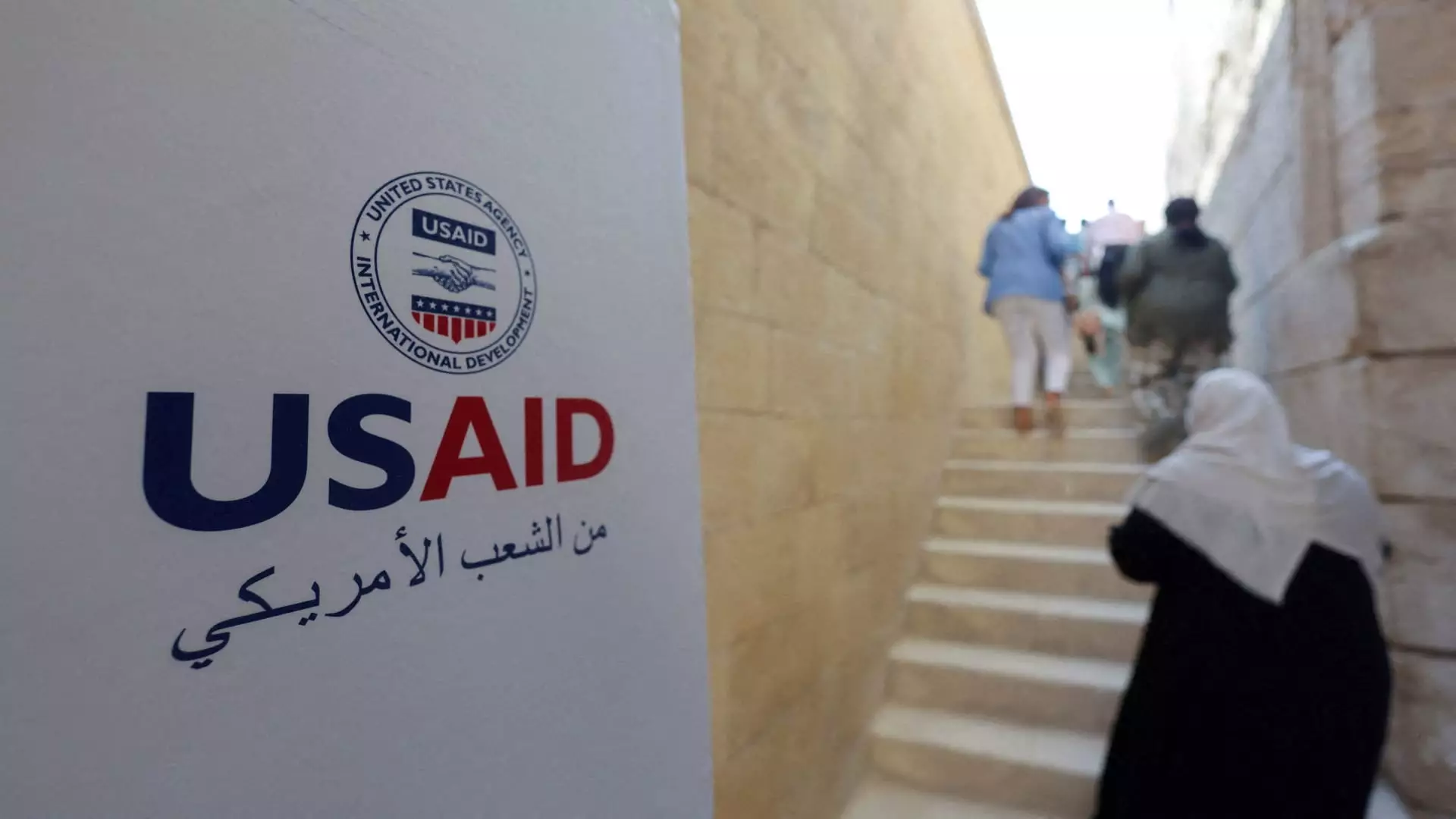The recent turmoil within the United States Agency for International Development (USAID) has garnered significant attention, revealing deep fractures in how the agency operates. As internal conflicts escalate, critical questions about security, governance, and the future of governmental functions arise. This article delves into the recent events at USAID, analyzing the implications for the agency and its personnel.
On Saturday, significant changes occurred within the upper echelons of USAID’s security sector. The agency’s Director of Security, John Voorhees, and his deputy, Brian McGill, were placed on administrative leave following attempts to obstruct what were deemed unauthorized access efforts by employees of the Department of Government Efficiency (DOGE). Reports indicate that the DOGE team sought access to USAID’s secure systems, including personnel files and sensitive security information that arguably extended beyond their security clearance levels. This situation underscores uncertainties surrounding the organizational boundaries and the protocols in place to protect classified information.
The tension reached a peak when DOGE employees, unhappy with the obstruction, threatened to involve U.S. Marshals in the dispute. Such actions illustrate not only a breakdown in communication but potentially a deeper conflict over authority and the limits of access within federal agencies. Following the dust-up, it was reported that access was ultimately granted to the DOGE team, raising concerns not only about what information they could retrieve but also about the protocols governing access to sensitive agency data.
The backdrop of this incident includes statements from notable individuals, including Kay Miller—previously aligned with the Trump administration—who characterized the access issue as non-exploitative of classified material. However, the public outcry and internal strife indicate that trust is eroding within the ranks of USAID. The presence of technological mogul Elon Musk, who called for USAID to “die”, adds another layer to this already complex narrative, marking a potential clash between political motivations and the integrity of governmental agencies.
Discussions among former Trump administration officials hint at a significant restructuring effort, with proposals to place USAID under the authority of the State Department. Such a move raises red flags concerning legality and the agency’s foundational mission, as outlined in laws enacted by Congress. The implications of reshaping USAID’s governance could have lasting consequences for disaster relief, global health initiatives, and humanitarian assistance that the agency currently oversees.
As the crisis within USAID unfolds, the agency faces a substantial human resource challenge. Reports indicate that over 1,000 USAID employees and contractors have been furloughed or terminated since the Trump administration initiated a near-total freeze on U.S. global assistance. This mass exodus not only affects the operational capability of USAID but also erodes the morale of those remaining.
With many employees placed on administrative leave—including a significant proportion from the Bureau for Legislative and Public Affairs—the atmosphere within USAID appears increasingly toxic. Agency officials have expressed fears about retaliation and exposure to negative public sentiments, especially in the wake of derogatory labels like “criminal organization” being publicly used. Employees fear venturing too close to headquarters, an unfortunate reflection of a fractured organizational culture.
The cascading events at USAID represent more than mere administrative changes; they expose deeper issues of governance, authority, and trust. The interplay between the various factions within the government, influenced by external figures like Musk and internal conflicts, suggests a complicated and potentially chaotic future for USAID.
As the agency grapples with internal strife and external pressures, the resolution will require not only strategic leadership but also a recommitment to the values and mission that underlie the purpose of USAID. As it stands, the future operational model of USAID and the significant humanitarian work it conducts remains in jeopardy, with deeper implications for global assistance frameworks moving forward.


Leave a Reply